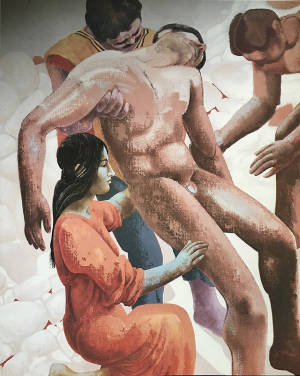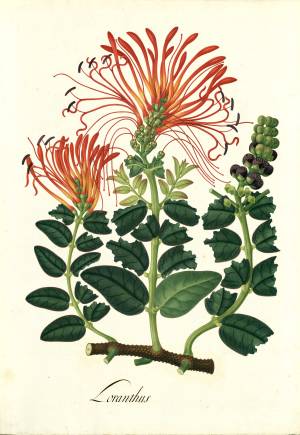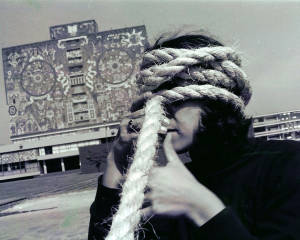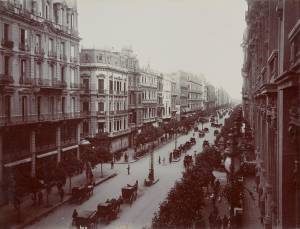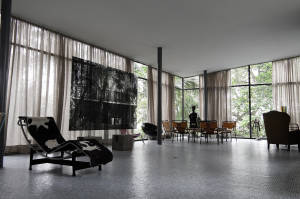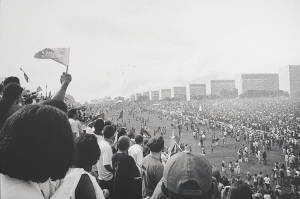Following the Cuban Revolution, artists employed creativity and free expression to produce stylistically diverse film posters that contribute to an understanding of film, culture, art, and politics in California and Cuba.
Hollywood in Havana: Five Decades of Cuban Posters Promoting US Films will bring together five decades of innovative Cuban posters promoting U.S. films made from 1960 to 2012. Produced by the Instituto Cubano del Arte Industria Cinematograficos (ICAIC), the posters were part of an initiative of the communist government to develop cultural awareness and dialogue after Fidel Castro and the guerilla forces overthrew the brutal dictatorship of Fulgencio Batista. The Cuban revolution of 1959 altered not only politics, society, and the economy but the cultural sphere as well, greatly expanding access to and engagement with the arts, particularly cinema, for a large portion of the population. Poster designers working during the early years of the Revolution had few material resources and operated in an almost artisanal manner, using the silkscreen technique. While the limited resources imposed by the embargo inspired many of the design decisions, revolutionary ideals also influenced these graphic artists, and the posters featured in the exhibition are astonishing in their design, stylistic diversity, and craft. Hollywood in Havana will showcase how design and visual imagery in film posters, which are ubiquitous in Los Angeles, can infiltrate our lives and inform our ideas about the world.
Following the Cuban Revolution, artists employed creativity and free expression to produce stylistically diverse film posters that contribute to an understanding of film, culture, art, and politics in California and Cuba.
Hollywood in Havana: Five Decades of Cuban Posters Promoting US Films will bring together five decades of innovative Cuban posters promoting U.S. films made from 1960 to 2012. Produced by the Instituto Cubano del Arte Industria Cinematograficos (ICAIC), the posters were part of an initiative of the communist government to develop cultural awareness and dialogue after Fidel Castro and the guerilla forces overthrew the brutal dictatorship of Fulgencio Batista. The Cuban revolution of 1959 altered not only politics, society, and the economy but the cultural sphere as well, greatly expanding access to and engagement with the arts, particularly cinema, for a large portion of the population. Poster designers working during the early years of the Revolution had few material resources and operated in an almost artisanal manner, using the silkscreen technique. While the limited resources imposed by the embargo inspired many of the design decisions, revolutionary ideals also influenced these graphic artists, and the posters featured in the exhibition are astonishing in their design, stylistic diversity, and craft. Hollywood in Havana will showcase how design and visual imagery in film posters, which are ubiquitous in Los Angeles, can infiltrate our lives and inform our ideas about the world.
Show More...


